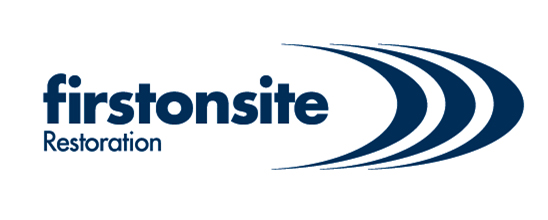Mould is a common problem, particularly in buildings with damp basements or after a flood. Though mould exists everywhere, amplified mould growth can cause severe health problems in occupants and lead to costly damage—or worse, litigation. Mould remediation requires not only actual cleanup, but building and water source investigation and repair in order to prevent further growth in the future.
Here is everything you need to know about mould and how to stop a full-blown outbreak from infecting your property.
What is mould?
Mould is a very large group of microscopic fungi that can be air, water or insect borne. Mould, like most other plants, requires three things in order to thrive: moisture, a lack of light, and a food source. This typically comes in the form of drywall and other untreated fibrous material, including wooden framing, plywood and carpet. Mould can also subsist on the buildup of household dusts that accumulates on tile, concrete or metal framing.
Mould amplification sites are typically the result of poor maintenance practices or water-damage. In residential units, mould thrives in the dampness that often exists behind showers, toilets and sinks. Basements are also a very common area to find growth in Canada as foundations may leak and go undetected for long periods of time. In a commercial setting, mould can arise due to the wet mopping of floors and the lack of mats at high volume entrance areas.
What are the hazards of mould?
The main hazard, of course, is the risk mould poses to occupant health. Affected individuals may suffer from loss of productivity, or fall seriously ill and require treatment. Mould is more likely to affect individuals with immune-deficiencies, the elderly, children, pregnant women, and those suffering from respiratory problems.
Beyond health hazards, the presence of mould can lead to property damage severe enough to cause devaluation; material damage; loss of rent; exorbitant repair costs; and potential lawsuits. Though Canada is less litigious than our neighbours to the south, many cases have been tried with settlement costs reaching eight figures.
How do I prevent mould?
Conduct regular inspections of your property—particularly in damp areas and especially after flooding or water damage has occurred. If mould is detected, timely response is critical to prevent amplification of microorganisms and minimize adverse health effects of occupants.
Property owners and managers should not attempt to clean-up mould themselves. Licensed mould abatement workers are trained to tackle the problem while also protecting their own health, and removing the mould safely without spreading spores into occupied and previously unaffected areas. Improper remediation can end up causing an even larger problem, further magnifying cost and risk.
Call in the experts…
FirstOnSite delivers rapid and superior disaster restoration services for residential and commercial properties. Using state-of-the-art technology to determine the extent of mould growth and water damage, the mould remediation team will ensure the problem is resolved quickly and precisely. Having partnerships with Indoor Environmental Professionals, FirsOnSite adheres strictly to infection control measures in order to restore properties thoroughly while giving owners peace of mind.
Jim Mandeville MWR, MSR, MTC is Senior Project Manager – Large Loss North America at FirstOnSite Restoration








